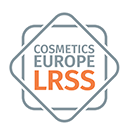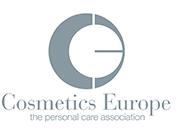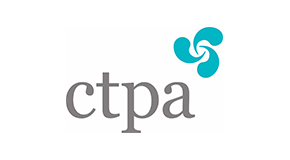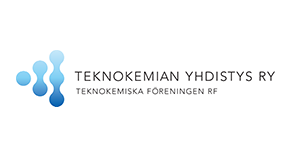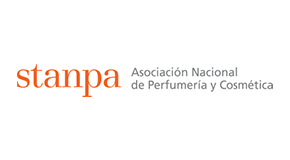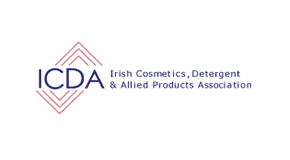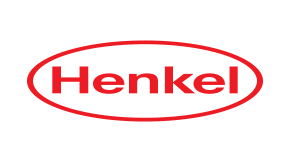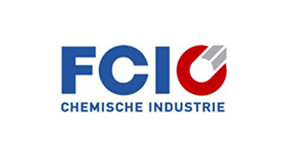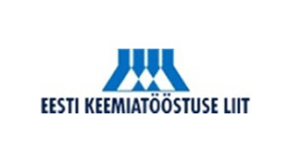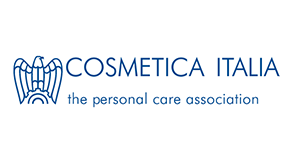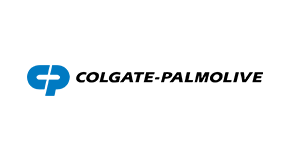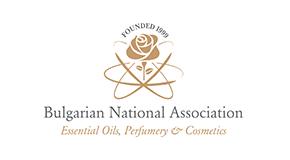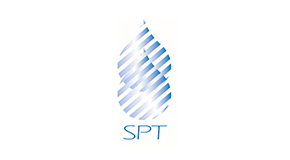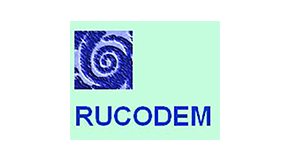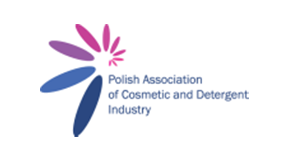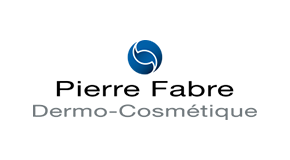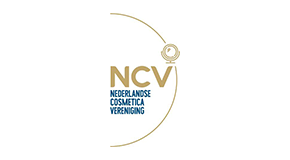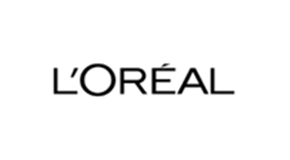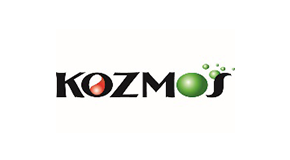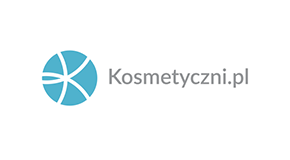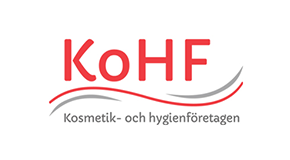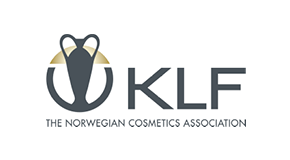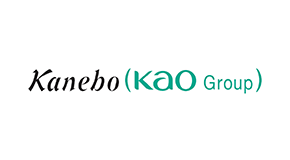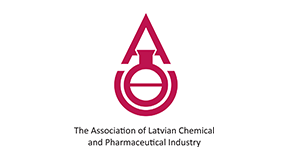- Home
- >
- Projects & Research
- >
- Topical toxicity
Topical toxicity
In order to assess the safety of cosmetic products, our industry follows a strict scientific process as well as the regulatory requirements. Safety is generally assessed by examining the relevant toxicological endpoints of ingredients, and the likely local and/or systemic consumer exposure to the ingredient following usage. The main exposure route for cosmetic products is dermal and/ or ocular, but for some types of consumer products,
inhalation is also a considered exposure route where ‘portal of entry’ or ‘local effects’ can be seen. Exposure via all three routes can potentially trigger various distinct local effects. Therefore, we are exploring these and our work across each in the subsequent paragraphs.
Skin Irritation and Corrosion:
Skin irritation and corrosion are two dermal local effects that are also reversible and non- reversible respectively. Cosmetics Europe has played a major role in developing
numerous test methods that address these effects. Beyond individual test methods, various test method combinations are now common practice, and have been published by the OECD in its guidance documents on the Integrated Approach for Testing and Assessment (IATA).
Eye Irritation and Severe Eye Damage:
The Cosmetics Europe LRSS Eye Irritation Programme focused on the development and optimisation of alternative methods and models that evaluate the potential of a chemical to induce injury to the human eye. Its work covers eye irritation and severe eye damage: effects that are reversible and non-reversible respectively. The programme has delivered a full set of alternative methods, which are now OECD-accepted test guidelines and have been translated into European test method regulations. The focus is now shifting to how methods may be combined to design optimal defined approaches, thereby improving predictions across the whole range of UN Globally Harmonized System of Classification and Labelling of Chemicals (GHS) categories. In that context, defined approaches have been developed for liquids and are currently under evaluation for regulatory use and OECD acceptance.
CONTACT

Avenue Herrmann Debroux 40
B-1160 Brussels Belgium
LRSSinfo@cosmeticseurope.eu
Tel: +32 2 227 66 10
Fax: +32 2 227 66 27
